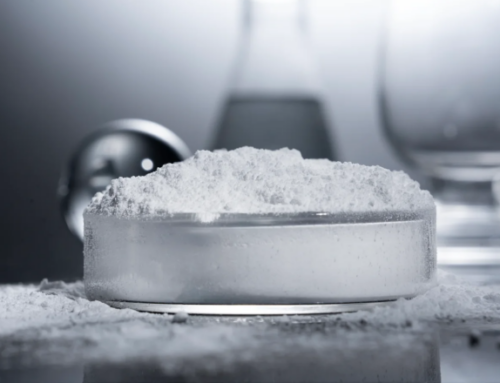A catalyst is a substance that increases the rate of a chemical reaction without being consumed itself in the process. It provides an alternative reaction pathway with lower activation energy, enabling reactions to occur more rapidly and efficiently. This property has a profound impact on industrial processes, as it allows for improved productivity, reduced energy consumption, and better selectivity of products.

In the field of petrochemicals, catalysts are essential for processes such as hydrocarbon cracking and reforming. These catalysts help break down large hydrocarbon molecules into more useful products like gasoline and diesel. Zeolite catalysts, for example, are widely used for their high selectivity and activity in these reactions.
In the production of chemicals, catalysts are employed in numerous reactions. For instance, in the synthesis of ammonia, the Haber-Bosch process relies on iron-based catalysts to convert nitrogen and hydrogen into ammonia. This is a fundamental process for fertilizer production, which is crucial for global agriculture.
Catalyst technology also has a significant presence in environmental applications. Catalytic converters in automobiles use precious metal catalysts to convert harmful pollutants like nitrogen oxides, carbon monoxide, and hydrocarbons into less harmful substances. This helps reduce air pollution and meet environmental regulations.
The development of new catalyst materials and designs is an active area of research. Scientists are constantly exploring different metals, alloys, and support materials to improve catalyst performance. Nanotechnology is also being harnessed to create highly efficient catalysts with unique properties at the nanoscale.
Furthermore, understanding the mechanism of catalysis is essential for optimizing catalyst design. Computational chemistry and advanced characterization techniques are used to study the interaction between the catalyst and reactants, providing insights for improving catalyst activity and selectivity.
The manufacture of catalysts is a complex process that requires precise control of composition and morphology. Different methods such as impregnation, precipitation, and deposition are used to prepare catalysts with the desired characteristics.
In conclusion, catalyst technology is a vital field that drives innovation and progress in many industries. Its ability to accelerate chemical reactions and control product selectivity has led to significant improvements in efficiency, productivity, and environmental protection. As research continues to advance, we can expect even more sophisticated and effective catalyst systems to emerge, opening up new possibilities in chemical synthesis and industrial processes. The continuous exploration and development of catalyst technology will undoubtedly shape the future of various sectors, making them more sustainable and competitive.

In the complex and diverse world of chemical industries, catalyst process equipment plays an absolutely crucial role. These specialized devices and systems are the driving force behind numerous chemical reactions, enabling the conversion of raw materials into valuable products with efficiency and precision.
The significance of catalyst process equipment lies in its ability to facilitate and optimize the performance of catalysts. A catalyst, by itself, is a remarkable substance that accelerates chemical reactions without being consumed in the process. However, to fully realize the potential of a catalyst, appropriate equipment is essential. This equipment is designed to provide the ideal environment and conditions for the catalyst to function at its best.
One of the primary types of catalyst process equipment is the reactor. Reactors are vessels in which the chemical reactions take place. They are engineered to maintain specific temperatures, pressures, and flow rates to ensure the catalyst can effectively interact with the reactants. Different types of reactors are used depending on the nature of the reaction and the catalyst involved. Batch reactors, for example, are suitable for small-scale and intermittent operations, while continuous-flow reactors are preferred for large-scale, continuous processes.
The design and construction of these reactors are critical. They must be fabricated from materials that can withstand the corrosive and reactive nature of the chemicals and the conditions within. High-quality alloys and special coatings are often employed to enhance the durability and performance of the reactor. Moreover, the internal configuration of the reactor, such as the presence of baffles or mixing devices, can greatly influence the homogeneity and efficiency of the reaction.
In addition to reactors, there are other components of catalyst process equipment that contribute to the overall success of the process. Heat exchangers are used to control the temperature of the reaction mixture. By removing or adding heat as needed, they ensure that the reaction proceeds at the desired rate and temperature range. Filters and separators are also essential for separating the catalyst from the reaction products or for purifying the final output.
Catalyst handling and regeneration systems are another important aspect. After a period of use, catalysts may become deactivated or less effective. These systems are designed to remove the spent catalyst, regenerate it if possible, and introduce fresh or rejuvenated catalyst back into the process. This helps to maintain the continuity and efficiency of the operation.
Advanced instrumentation and control systems are an integral part of modern catalyst process equipment. These systems monitor and regulate various parameters such as temperature, pressure, flow rates, and catalyst activity. By providing real-time data and feedback, they allow for real-time changes for the best productivity.
Article from M&J International Trading Co., Ltd





